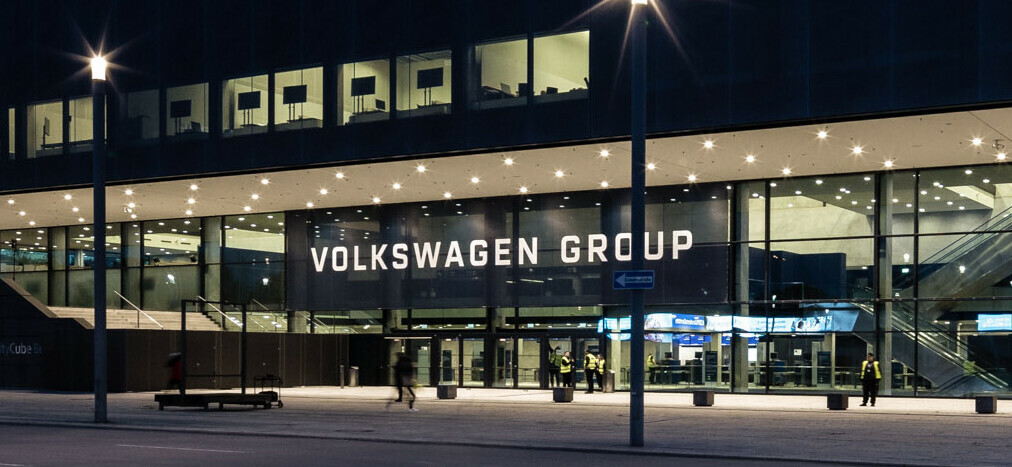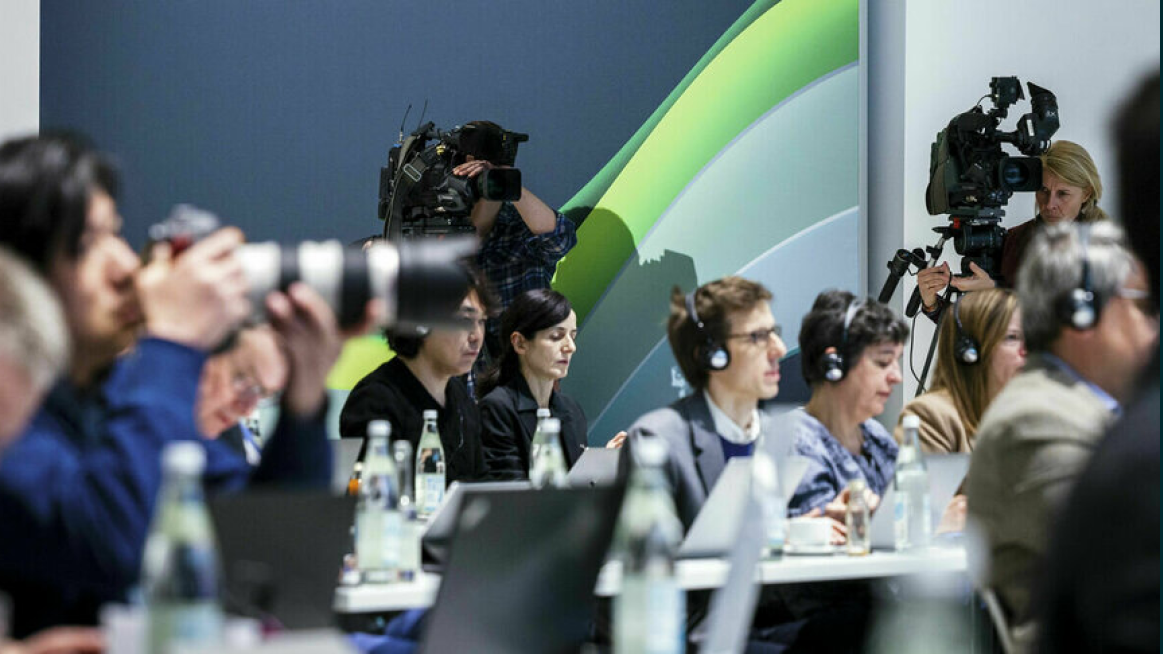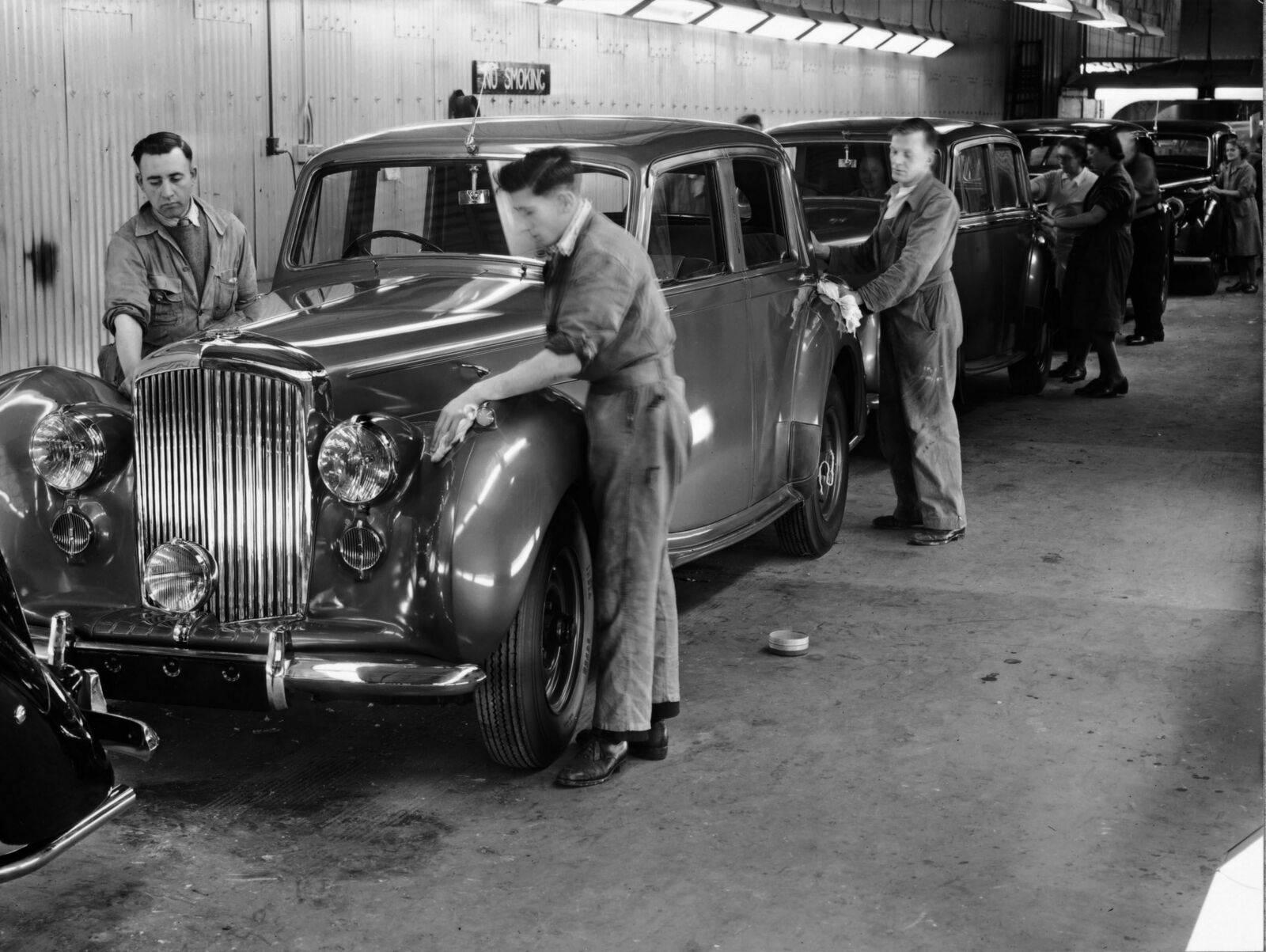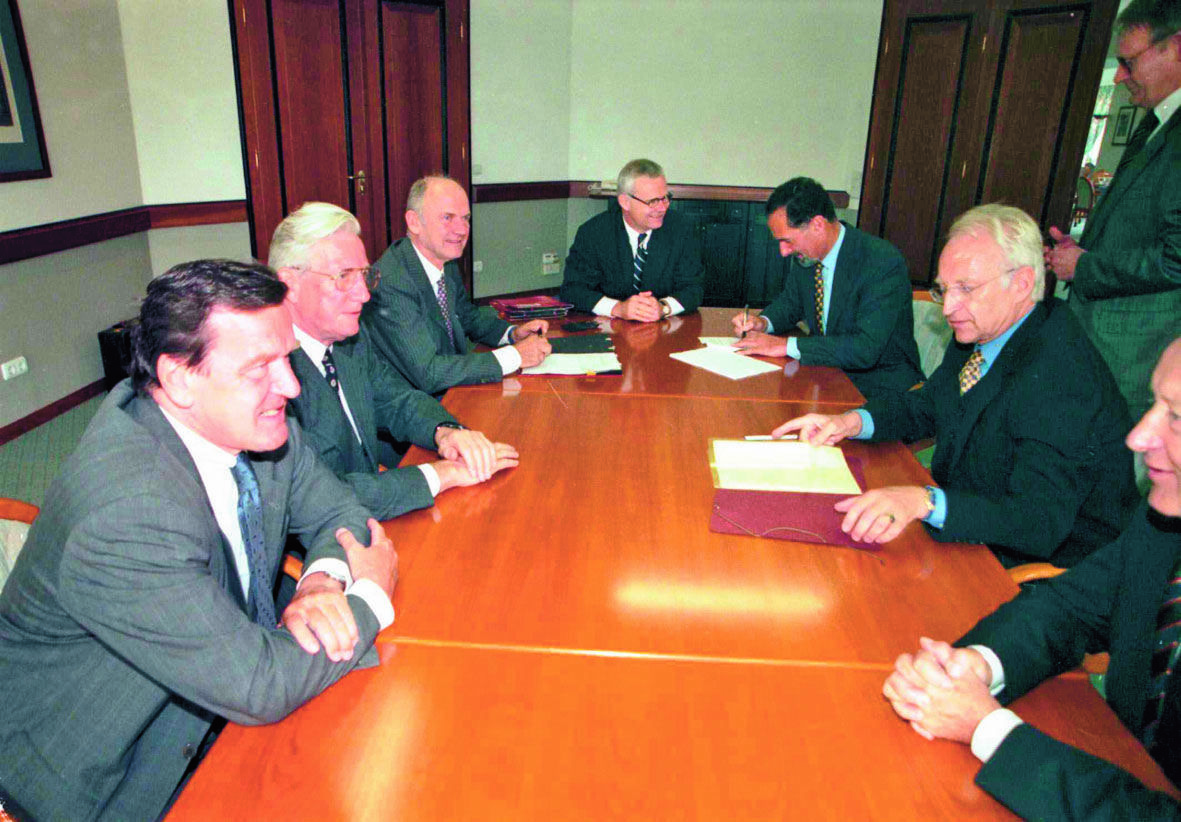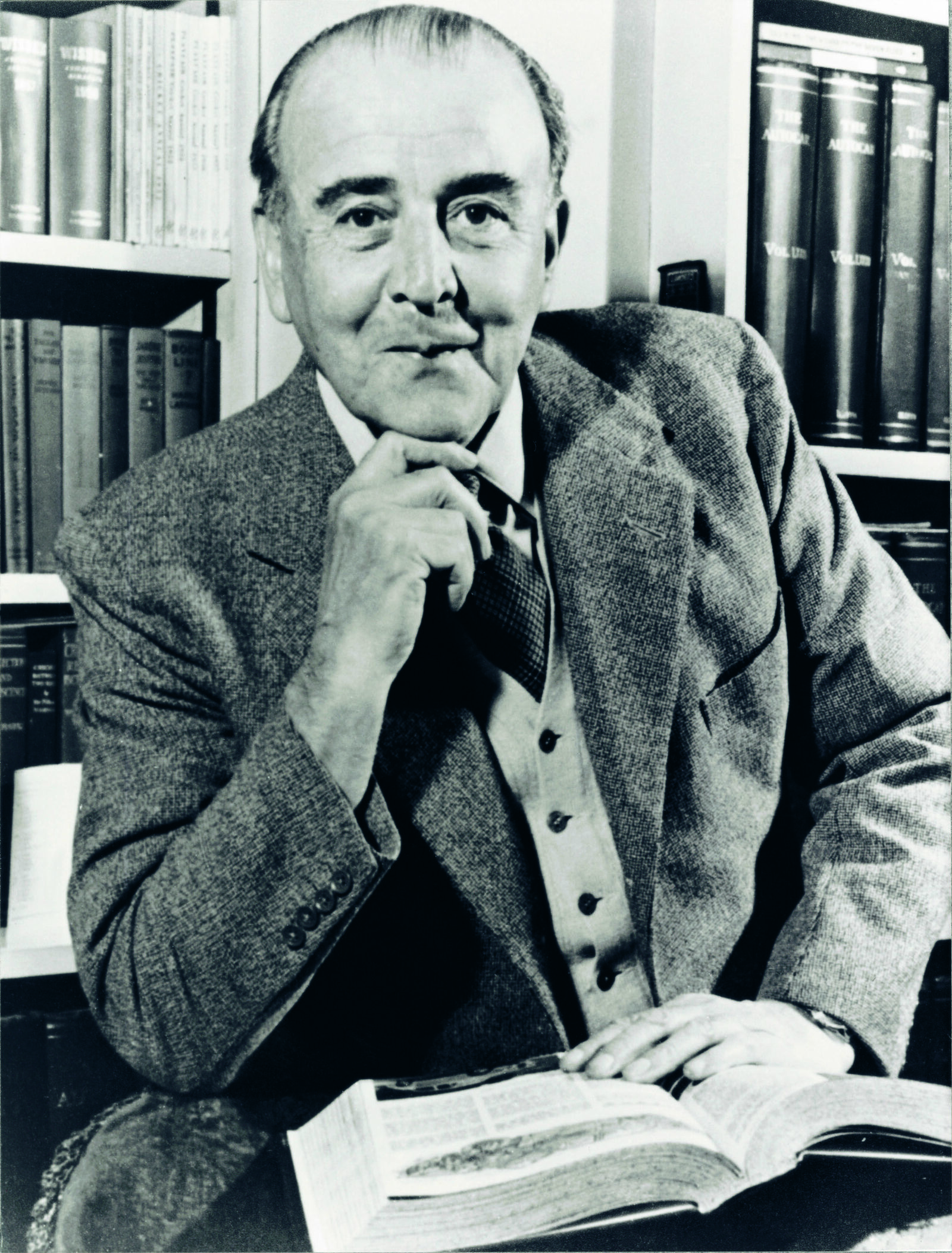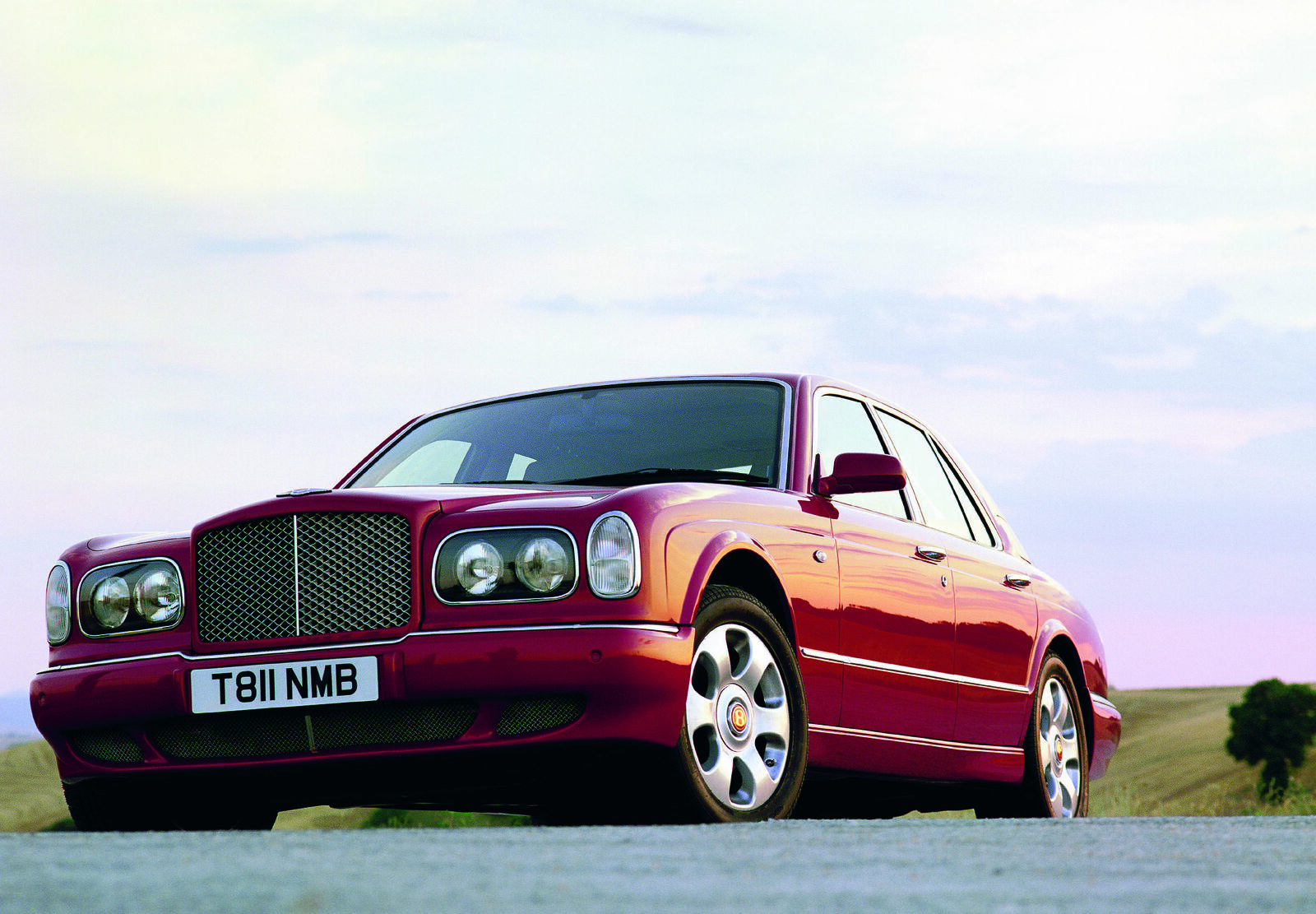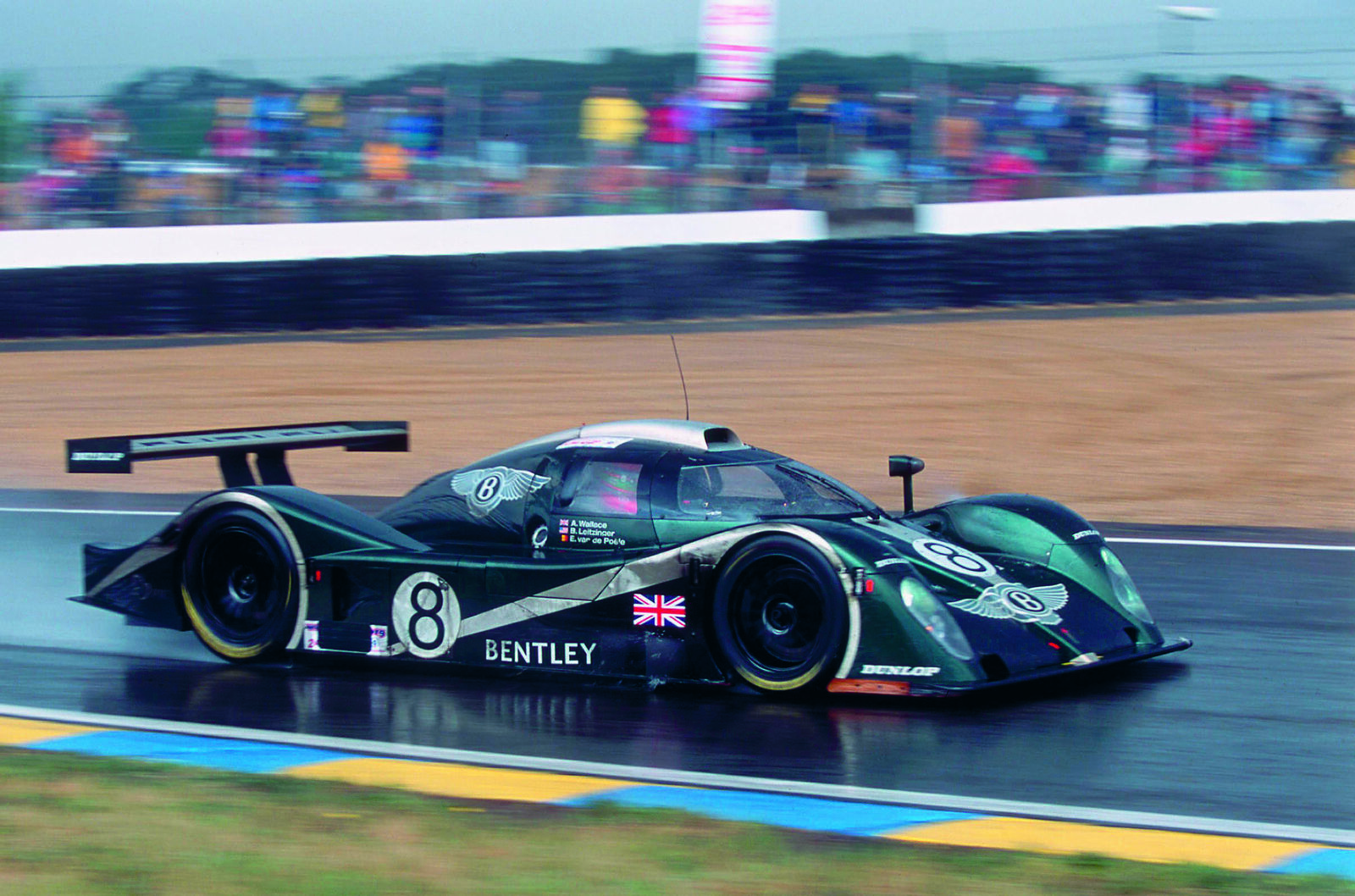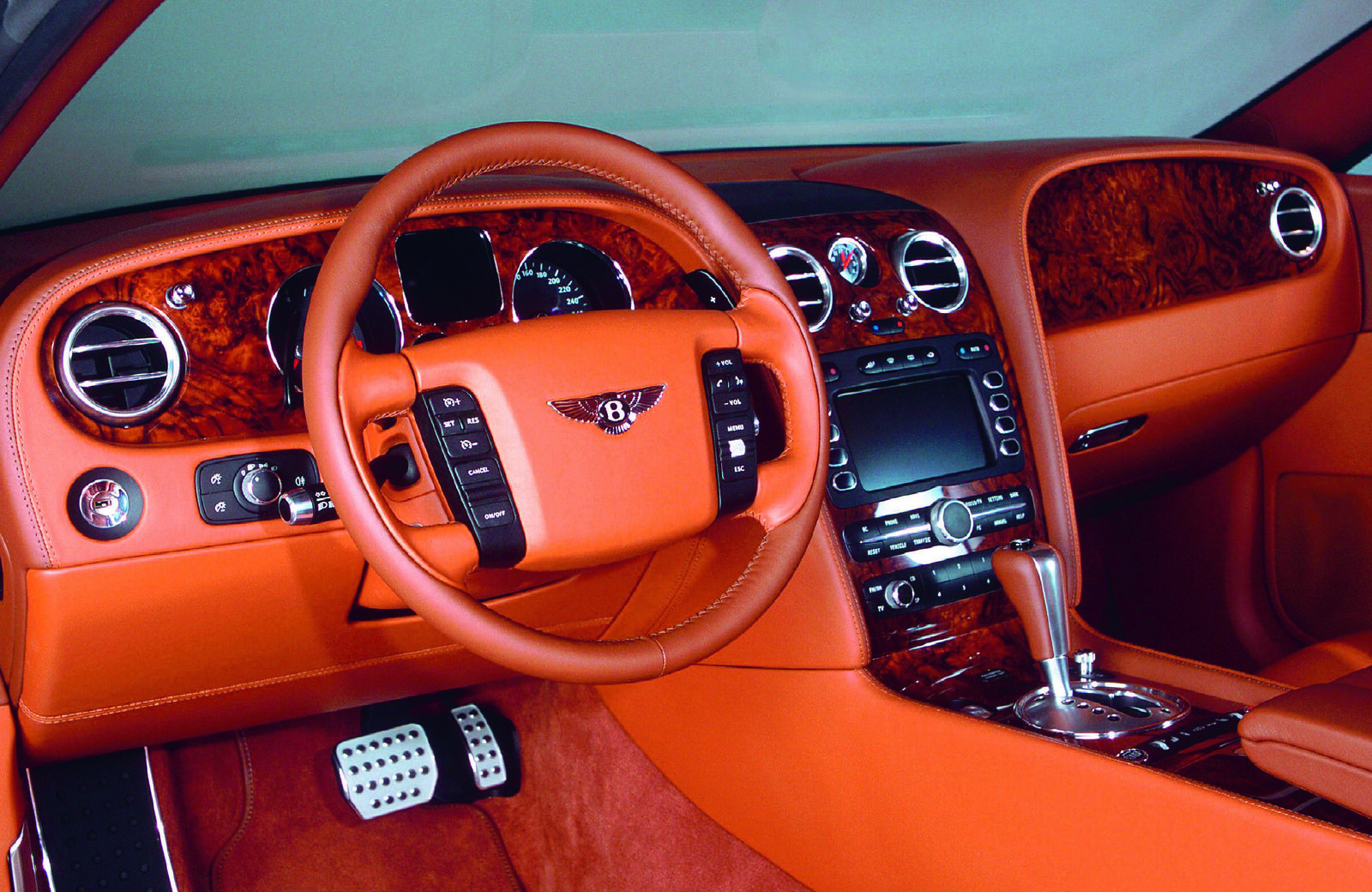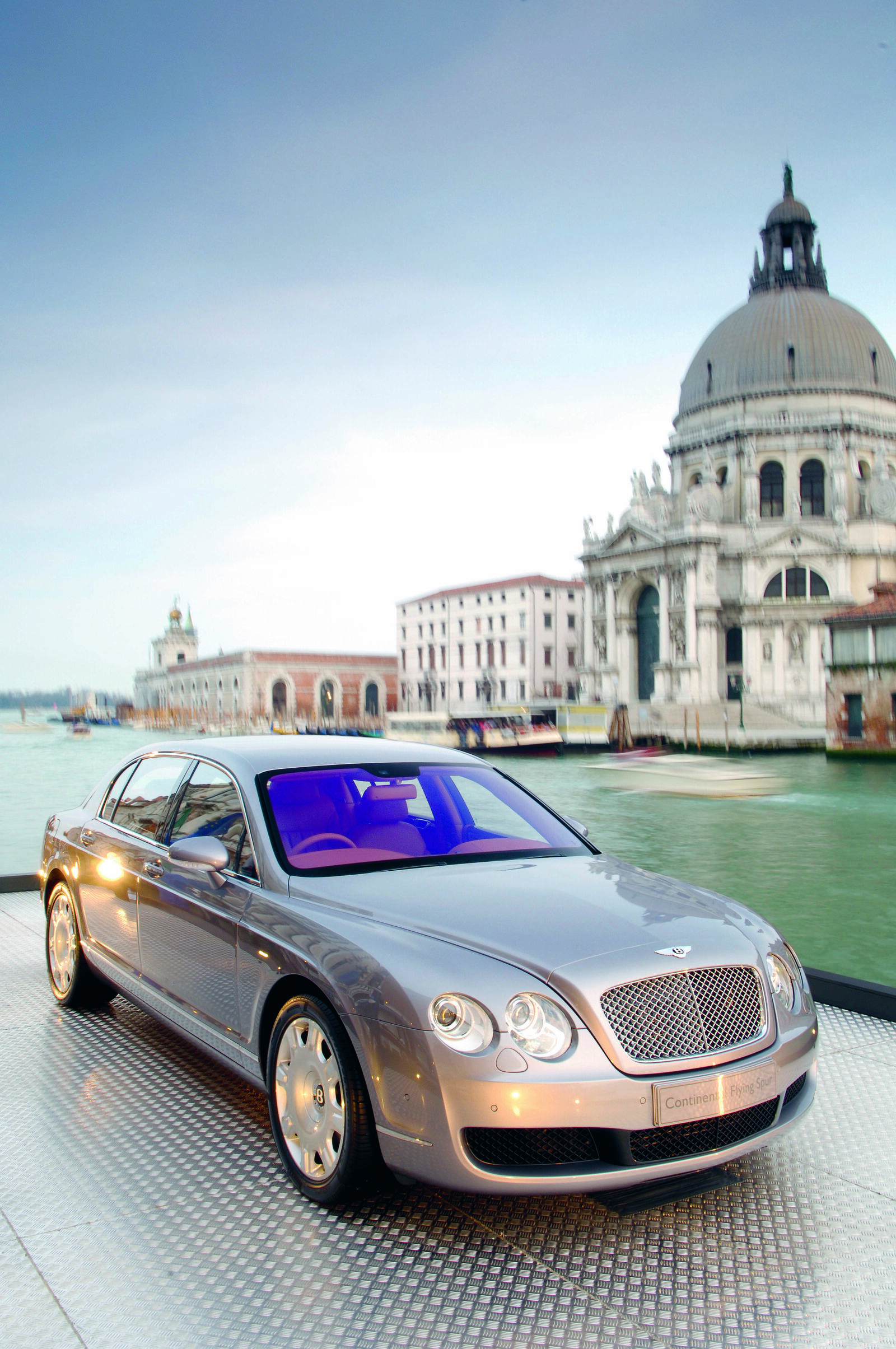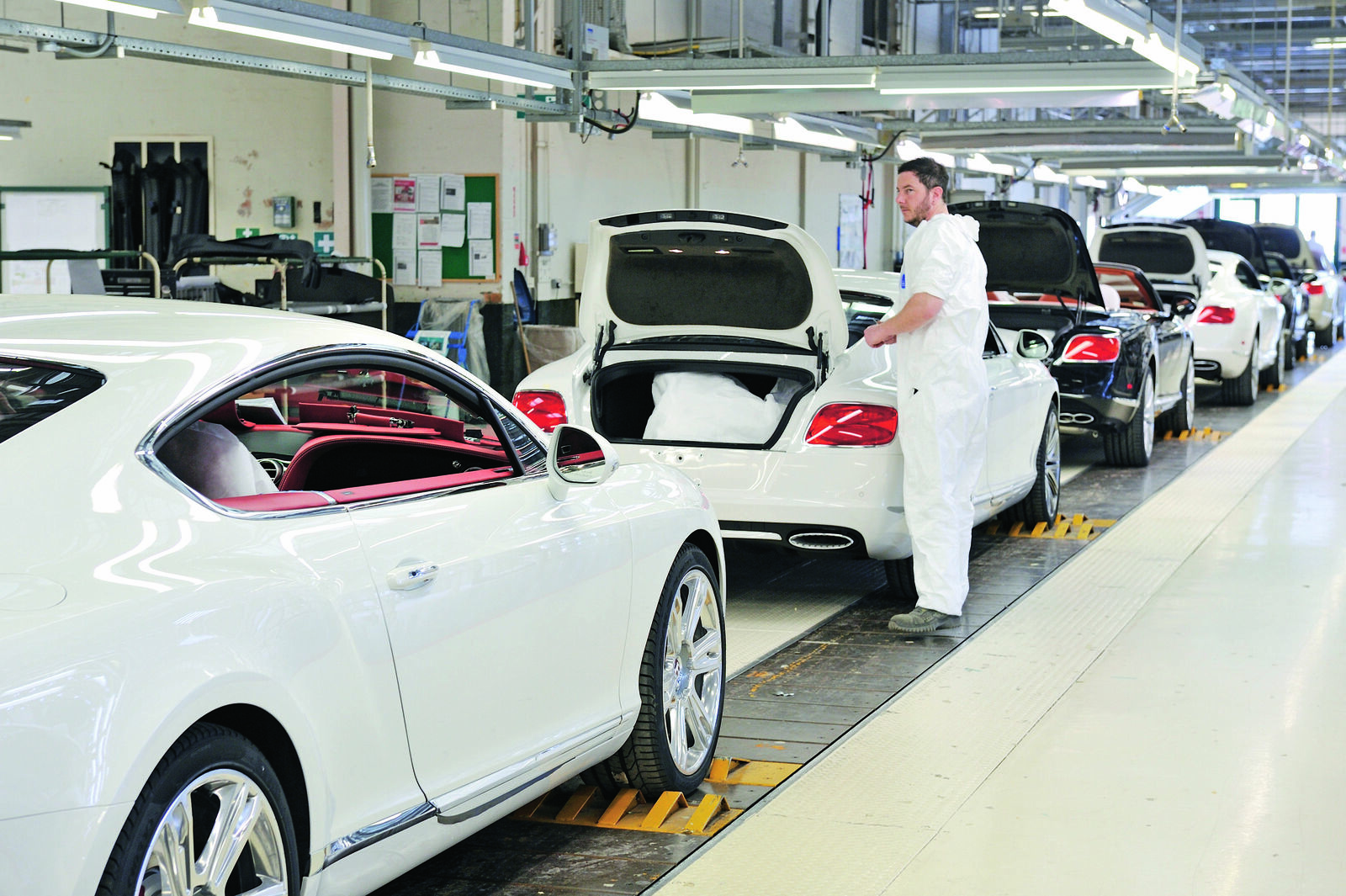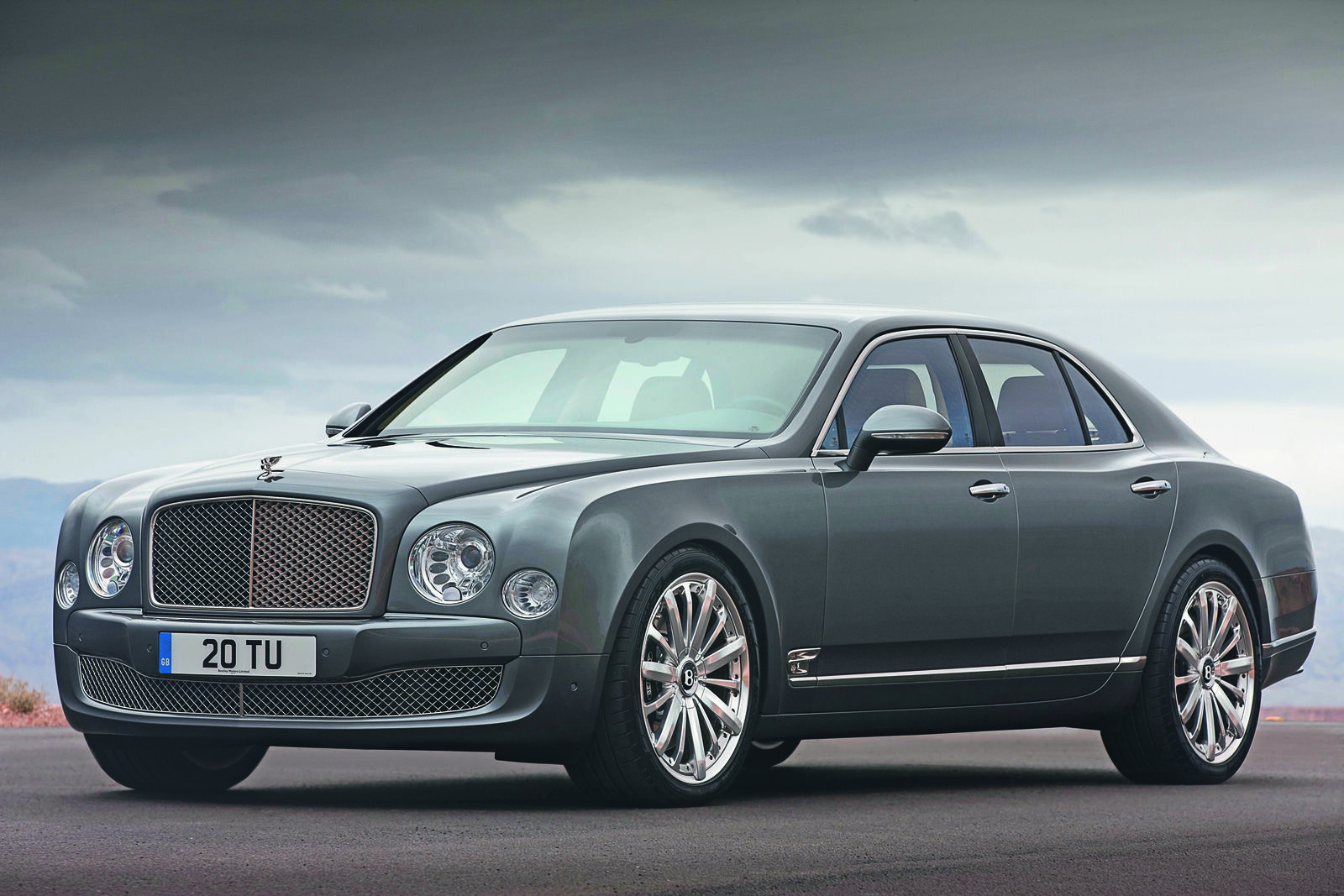The Rolls Royce Motor Corporation seized the opportunity to take over its fiercest competitor in November 1931. During the 1930s, the company followed the general trend towards Fordist production methods in order to reduce production costs. Standardised components were increasingly used on the two product lines, sacrificing traditional Bentley characteristics such as performance and dynamism. Instead, the brand benefited from refined workmanship and was able to survive through troubled times. The brand initially maintained a degree of independence, as up to the Second World War Bentley engines and chassis were not used in Rolls Royce models.
It was only due to financial pressures in the post-war era that the British manufacturer began making model policy changes that constrained the Bentley brand. The MK VI, built at the new factory in Crewe from 1946, was forced off the market in 1951 by the virtually identical Rolls Royce Silver Dawn. A final highlight was the Type R Continental coupe, produced from 1952 to 1955. Over the following three decades, Bentley lost its independent profile, producing only derivatives of the corresponding Rolls Royce models. As a result, the Bentley marque became less and less important.
In 1980, the situation changed dramatically. The armaments group Vickers plc acquired Rolls Royce Motor Cars Ltd. and recognised the potential of the Bentley brand, breathing new life into it with the Bentley Mulsanne Turbo. There was only one key difference between this model, introduced in 1982, and the Rolls Royce Silver Spirit: a turbocharger boosting power output by 50 percent to 300 horsepower. What was at the time the fastest Bentley ever initiated a renaissance of the brand. It was followed in 1984 by the Bentley Eight, intended to compete with Mercedes and BMW models, and in 1985 by the Mulsanne Turbo R, heralding the dawn of a new model era. The product range expanded, and a return to the sporting tradition established by W.O. Bentley provided the decisive impetus for growth. Between 1983 and 1989 the share of Bentleys in overall Rolls Royce production rose from less than five percent to over 50. Three years later, two Bentleys were being sold for every Rolls Royce. Within the space of a decade, Bentley had become the dominant brand, with a new identity mainly embodied in the coupes of the 1990s. The imposing combination of performance and luxury had once again become the signature of the brand, which was to f lourish anew in the Volkswagen era.
A major factor in the development of the company, renamed Bentley Motors Ltd. in September 2002, was the reintegration of key competencies which had played a major role in the history of Bentley but had been outsourced away from the factory under the ownership of Vickers. These not only included prototype testing, but most especially the production of the V8 engine, which had been subcontracted to Vickers Engineering. Following its acquisition of the company, the Volkswagen Group brought engine production back to Crewe, providing Bentley’s engineers with direct access to power plant development once again.
Volkswagen signalled its confidence in the brand and the workforce by investing a total of DM 1.1 billion in the modernisation of the factory and in the development of new products between 1999 and 2003. The Arnage Green Label, already developed when the acquisition took place, was revised and transformed within the space of a year into the Red Label, with a more precise suspension, more space in the rear and higher power output. Bentley’s development engineers replaced the BMW engine with the more powerful V8, which boosted demand, raising sales in the year 2000 by 50 percent. The fundamental transformation of this model took more than two years before the Arnage T made its debut at the North American International Auto Show in Detroit in January 2002. Using technical know-how from Volkswagen, the Bentley engineering team had succeeded in considerably improving the rigidity of the design and the modified V8 now produced 456 hp, powering the Arnage from nought to 100 kilometres per hour in just 5.5 seconds.

